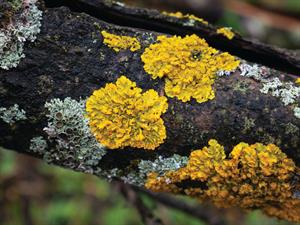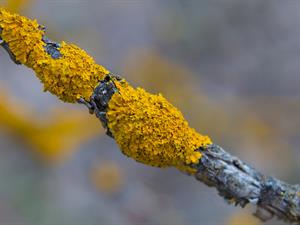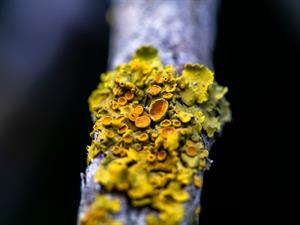
PUMPA - SMART LEARNING
எங்கள் ஆசிரியர்களுடன் 1-ஆன்-1 ஆலோசனை நேரத்தைப் பெறுங்கள். டாப்பர் ஆவதற்கு நாங்கள் பயிற்சி அளிப்போம்
Book Free DemoA bio-indicator or biological indicator is a species or a group of species whose function or status reveals the environment's qualitative status.
Bio-indicators are used to understand changes in the earth’s living system. They measure the changes associated with expanding human population. They are used to assess the quality of the environment and how its changes over time.
Changes in the environment are due to anthropogenic disturbances like pollution, land-use changes, or natural stressors like drought. The anthropogenic disturbances are the primary focus of bio-indicators.
Bio-indicators are used to study all types of environments, including aquatic and terrestrial ecosystems.
Bio-indicators of soil health tell us the soil structure, development, nutrient storage, and soil's biological activities. Bio-indicators like lichens, birds, and bacteria are used to monitor environmental health. The specific physiological and behavioural changes in bio-indicators are used to detect the changes in environmental health.
Lichen
Lichens are natural bio-indicators of climate change and the effect of air pollution.
They live on surfaces of trees, rocks, or soils. They are composite organisms that comprises algae or cyanobacteria and fungi that live together in a symbiotic association. The fungi derive energy or carbohydrates produced by algae or cyanobacteria through photosynthesis.

Lichens
Lichens are very sensitive to environmental parameters such as temperature, humidity, wind, and air pollutants. They give information about climate changes, air and water quality, and the biological process.
Lichens serve as effective bio-indicators of air quality. They do not have roots, cuticle, and acquire all nutrients from direct exposure to the atmosphere. Lichens are very sensitive to nitrogen in the atmosphere.
Too much nitrogen harms lichens and can even kill them. Lichens also act as indicators of the concentration of sulphur dioxide in the atmosphere. Industrialisation in Britain caused the extinction of many lichen species (due to sulphur dioxide pollution). Sulphur dioxide in the atmosphere contributes to acid rain.
Algae get affected mostly due to environmental pollution. Pollution destroys chlorophyll, and there is inhibition of the photosynthesis reaction. A few lichen species tolerate higher levels of pollution, while some are less tolerant to pollution.
Lichens that are more tolerant to pollution are commonly found on pavements, walls, and tree barks in urban areas.

Shrubby lichen
The most sensitive lichens are shrubby and leafy, while the most tolerant lichens are all crusty in appearance.

Crusty lichen